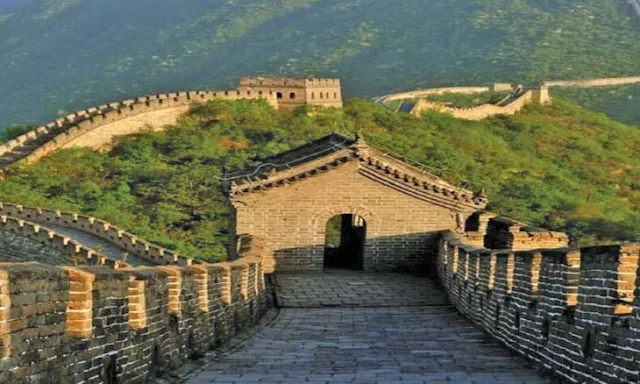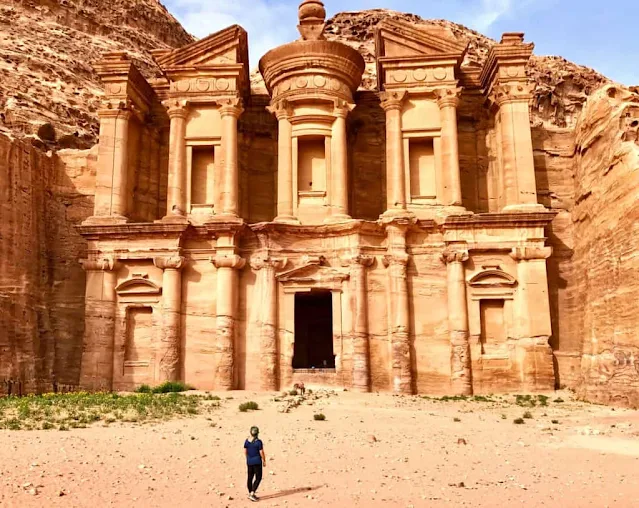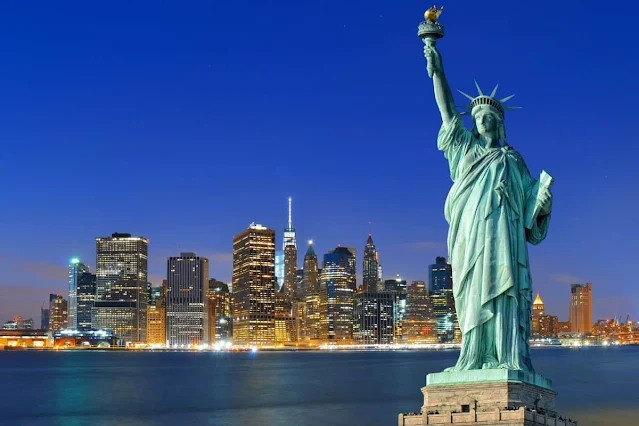Most Important Landmarks
An Introduction to the Most Important Global Landmarks
Global landmarks represent humanity's rich history and cultural heritage. Each site offers a unique glimpse into the past and attracts millions of visitors every year. This article highlights some of the most significant landmarks around the world, detailing their locations, histories, and importance.
1. Pyramids of Giza - Egypt
Pyramids of Giza

- Location: Giza Plateau, Egypt
- History: Constructed between 2580 and 2560 BC, the Great Pyramid of Khufu is the largest and was originally 146.6 meters tall. It reflects the ancient Egyptians' architectural skills and their beliefs in the afterlife.
- Importance: A UNESCO World Heritage Site, the pyramids are a symbol of ancient Egyptian civilization and engineering prowess. They serve as tombs for pharaohs, showcasing the significance of burial practices in ancient Egypt.
- References: "The Complete Gods and Goddesses of Ancient Egypt" by Richard H. Wilkinson.
2. Great Wall of China - China
- Location: Northern China, spanning several provinces
- History: Construction began as early as the 7th century BC, with major contributions during the Ming Dynasty (1368-1644). The wall stretches over 13,000 miles and was built to protect against invasions.
- Importance: A UNESCO World Heritage Site, it symbolizes China's historical strength and resilience. The wall's architectural complexity showcases various construction techniques over centuries.
- References: "The Great Wall of China" by John Man.
3. Colosseum - Italy
- Location: Rome, Italy
- History: Built between 70-80 AD, the Colosseum could hold up to 80,000 spectators. It hosted gladiatorial contests, public spectacles, and even mock sea battles.
- Importance: An iconic symbol of ancient Rome, the Colosseum reflects the social and political dynamics of the time. It is an enduring symbol of Roman architecture and engineering.
- References: "Rome: A Cultural, Visual, and Literary History" by Matthew D. McMahon.
4. Taj Mahal - India
- Location: Agra, India
- History: Constructed in 1632 by Emperor Shah Jahan in memory of his wife Mumtaz Mahal, the Taj Mahal took about 22 years to complete.
- Importance: A UNESCO World Heritage Site, it symbolizes love and is a masterpiece of Mughal architecture, blending Persian, Islamic, and Indian styles.
- References: "Taj Mahal: The Story Behind the Taj Mahal" by Shahnaz Husain.
5. Petra - Jordan
- Location: Petra, Ma'an Governorate, Jordan
- History: Established as the capital of the Nabataean Kingdom around the 5th century BC, Petra became a vital trading hub.
- Importance: Known as the "Rose City" for its pink sandstone cliffs, it is a UNESCO World Heritage Site, showcasing sophisticated water conduit systems and elaborate tombs.
- References: "Petra: The Red Rose City" by David B. J. Eyre.
6. Machu Picchu - Peru
- Location: Cusco Region, Peru
- History: Believed to have been built in the 15th century by the Inca Emperor Pachacuti, it was rediscovered in 1911 by American historian Hiram Bingham.
- Importance: A UNESCO World Heritage Site, it exemplifies Incan architectural genius and serves as a testament to their agricultural practices and astronomy.
- References: "Machu Picchu: The Story of the Amazing Inca City" by David A. Johnson.
7. Stonehenge - United Kingdom
- Location: Wiltshire, England
- History: Dating back to around 3000-2000 BC, the exact purpose remains a mystery, but it is believed to have been used for ceremonial and astronomical purposes.
- Importance: A UNESCO World Heritage Site, it represents prehistoric engineering and reflects the spiritual beliefs of ancient societies.
- References: "Stonehenge: The Story So Far" by Mike Parker Pearson.
8. Eiffel Tower - France
- Location: Paris, France
- History: Completed in 1889 for the Exposition Universelle, it was initially criticized but has since become a beloved symbol of Paris.
- Importance: Standing at 300 meters, it showcases 19th-century engineering and is one of the most visited paid monuments in the world.
- References: "Eiffel's Tower: A Historical Portrait" by Jill Jonnes.
9. Milan Cathedral (Duomo di Milano) - Italy
- Location: Milan, Italy
- History: Construction began in 1386 and took nearly six centuries to complete, blending various architectural styles.
- Importance: The largest cathedral in Italy and one of the largest in Europe, it is a masterpiece of Gothic architecture.
- References: "The Cathedral of Milan" by Enzo Carli.
10. Acropolis of Athens - Greece
- Location: Athens, Greece
- History: The Acropolis has been a significant site for thousands of years, with the Parthenon built in 447-432 BC.
- Importance: A UNESCO World Heritage Site, it symbolizes classical Greek civilization and democracy.
- References: "The Acropolis: The History and Legacy of Ancient Greece’s Most Famous Landmark" by Charles River Editors.
11. Statue of Liberty - USA
- Location: Liberty Island, New York City, USA
- History: A gift from France to the United States, it was dedicated on October 28, 1886, and symbolizes freedom and democracy.
- Importance: It serves as an iconic symbol of the United States and is one of the most recognized monuments worldwide.
- References: "The Statue of Liberty: A Transatlantic Story" by Edward Berenson.
12. Hagia Sophia - Turkey
- Location: Istanbul, Turkey
- History: Completed in 537 AD, it served as a cathedral for nearly a thousand years before becoming a mosque and then a museum.
- Importance: A UNESCO World Heritage Site, it is an architectural marvel and a symbol of Byzantine and Ottoman history.
- References: "Hagia Sophia: 1,500 Years of Byzantine Architecture" by Robert Mark.
13. Burj Khalifa - UAE
- Location: Dubai, United Arab Emirates
- History: Completed in 2010, it stands at 828 meters, making it the tallest building in the world.
- Importance: Represents modern architectural innovation and serves as a symbol of Dubai's rapid development and ambition.
- References: "Burj Khalifa: The Tallest Building in the World" by Chris H. Henning.
14. Sydney Opera House - Australia
- Location: Sydney, Australia
- History: Opened in 1973, designed by Danish architect Jørn Utzon, it is famous for its distinctive sail-like design.
- Importance: A UNESCO World Heritage Site, it is a premier performing arts center and a global icon of Australia.
- References: "Sydney Opera House: The History and Design of the Iconic Building" by Peter Murray.
Conclusion
These landmarks are vital parts of the cultural and historical heritage of humanity. By exploring these sites, we uncover the stories of civilizations that have shaped our world. For more in-depth information, refer to the sources mentioned.






















No comments